Description
Komachi Washing the Poem-Papers by Nishimura Shigenaga printed on a T-Shirt
About the T-Shirt
Regular fit
Standard length, the fabric easily gives into movement
Casual wear
A classic, everyday option loved by our customers
Side-seamed
Constructed by sewing two parts together, creating a fitted look
The Unisex Staple T-Shirt feels soft and light with just the right amount of stretch. It’s comfortable and flattering for all. We can’t compliment this shirt enough–it’s one of our crowd favorites, and it’s sure to be your next favorite too!
- Solid colors are 100% Airlume combed and ring-spun cotton
- Ash color is 99% combed and ring-spun cotton, 1% polyester
- Heather colors are 52% combed and ring-spun cotton, 48% polyester
- Athletic and Black Heather are 90% combed and ring-spun cotton, 10% polyester
- Heather Prism colors are 99% combed and ring-spun cotton, 1% polyester
- Fabric weight: 4.2 oz./yd.² (142 g/m²)
- Pre-shrunk fabric
- 30 singles
- Side-seamed construction
- Tear-away label
- Shoulder-to-shoulder taping
- Blank product sourced from Nicaragua, Mexico, Honduras, or the US
Nishimura Shigenaga (1697-1756)
Nishimura Shigenaga was a Japanese ukiyo-e artist.
Shigenaga was born c. 1697 in Edo (modern Tokyo). He worked as a landlord in Tōriabura-chō before moving to the Kanda district, where he ran a bookshop and taught himself art; he is not known to have had a teacher. His work began to appear c. 1719. He worked in a variety of genres and formats. His earlier work tended to be yakusha-e portraits of kabuki actors in the style of the Torii school; his later work is in an idiom more his own, incorporating the influence of Okumura Masanobu and Nishikawa Sukenobu. Other genres he worked in include landscapes, kachō-e pictures of scenes of nature, and historical scenes. He made a number of uki-e “floating pictures” incorporating geometric perspective. The number of uki-e he produced was second only to Masanobu, who asserted himself the originator of the technique.
Shigenaga’s better-known work includes the series Fifty-four Sheets of Genji, a collaborative series with Torii Kiyomasu II in c. 1730–35; and the Picture Book of Edo Souvenirs in 1753. He produced some of the earliest ukiyo-e landscape prints; in 1727, his was the first set of prints of Lake Biwa. His work had a strong influence on later artists such as Suzuki Harunobu and Ishikawa Toyonobu, who may have been students of Shigenaga’s; Toyonobu may have been Nishimura Shigenobu, Shigenaga’s most prominent student.

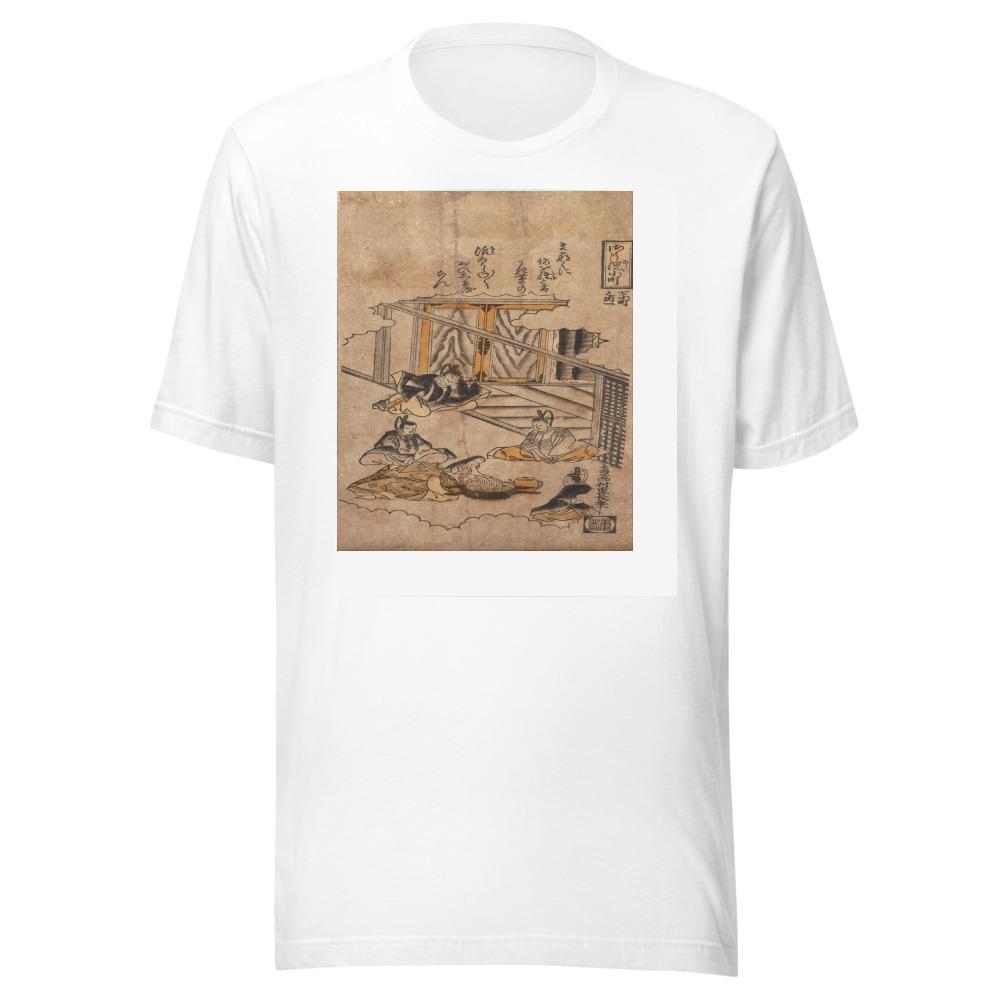
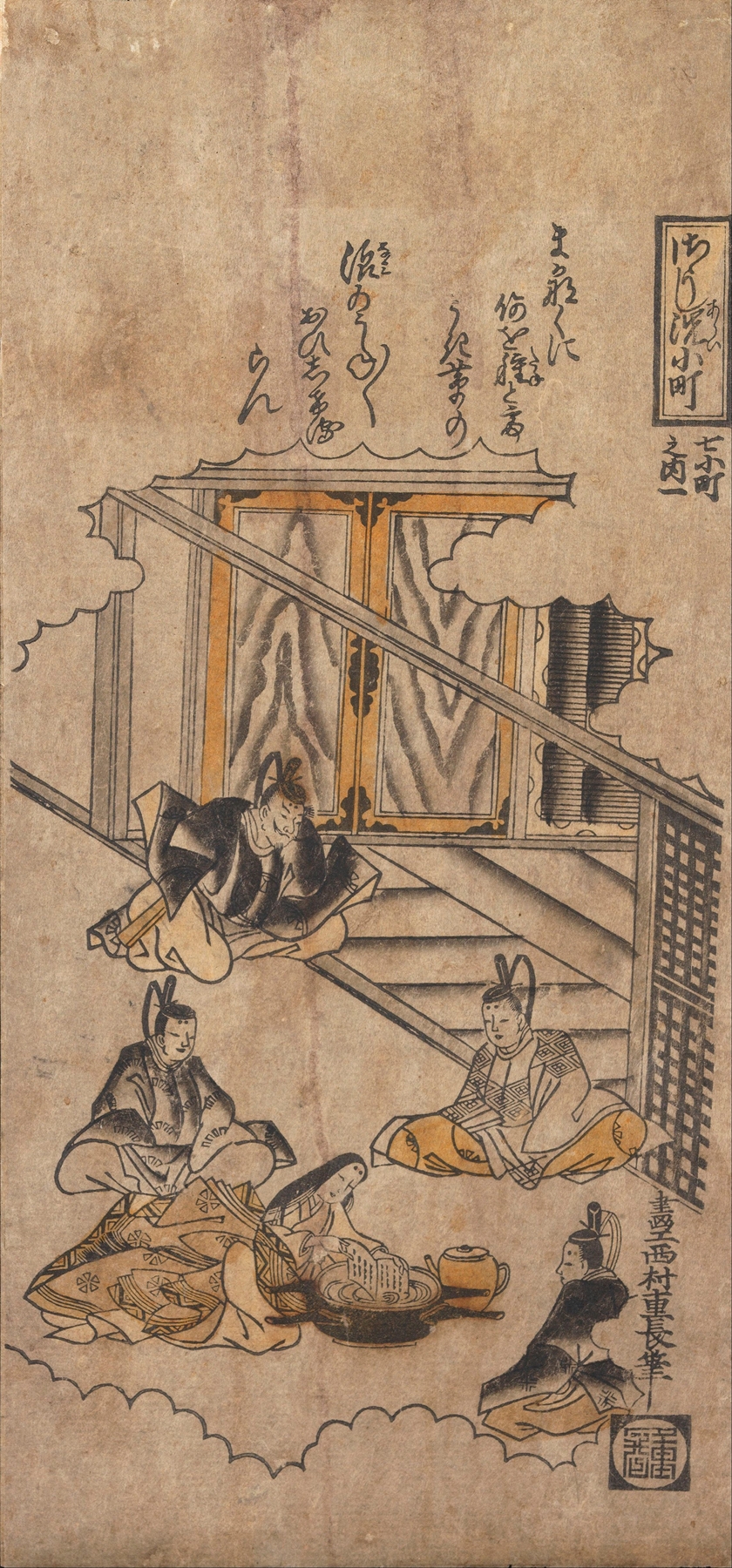
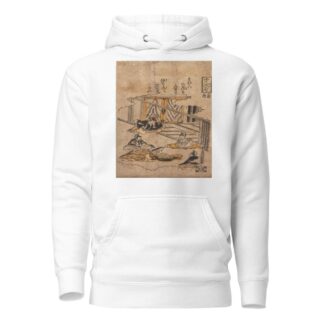
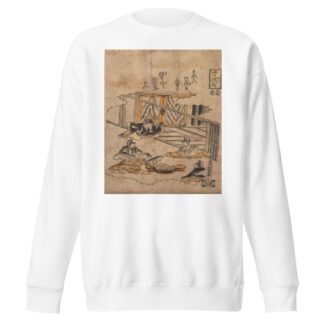
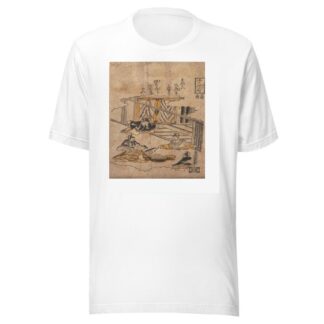
Reviews
There are no reviews yet.